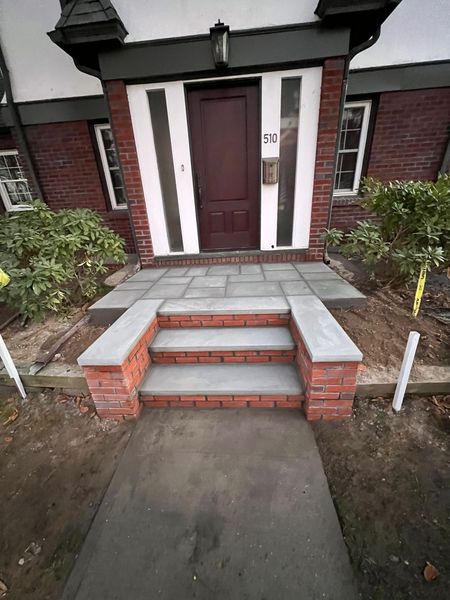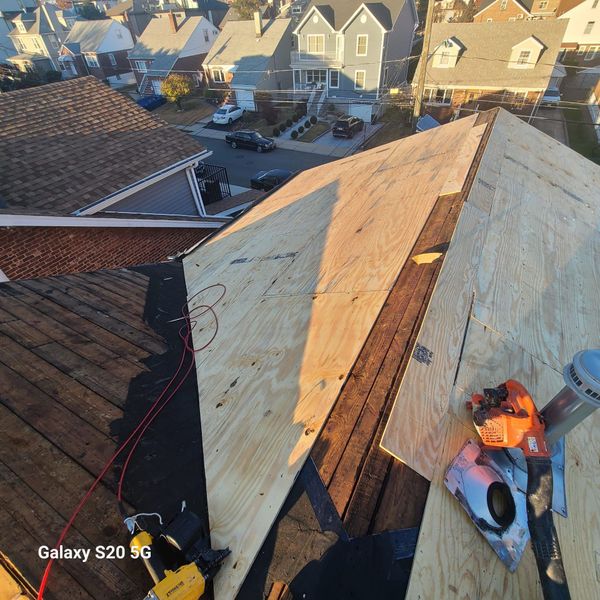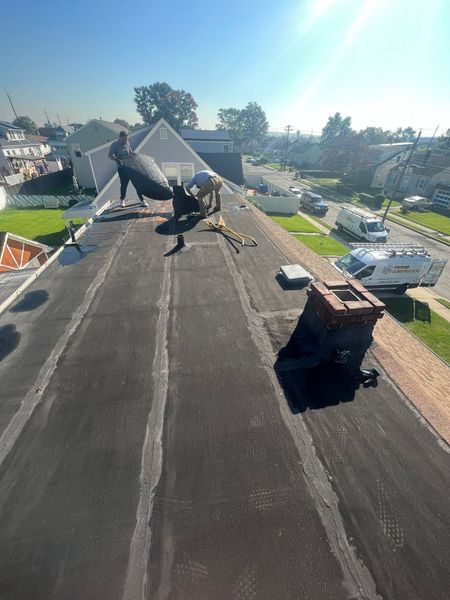When it comes to remodeling your kitchen, one of the most significant decisions you'll face is whether to reface your kitchen cabinets or go for a full replacement. Both options come with their own sets of advantages and disadvantages, and understanding these can help you make an informed choice.
Table of Contents
Introduction Understanding Kitchen Cabinet Refacing- What Is Cabinet Refacing? Materials Used in Cabinet Refacing
- Steps Involved in Refacing Timeframe for Cabinet Refacing
- Cost-Effectiveness Environmentally Friendly Option
- Limited Customization Potential for Hidden Issues
- What Does Full Replacement Entail? Common Materials for New Cabinets
- Steps Involved in Replacing Cabinets Expected Timeline for Full Replacement
- Extensive Customization Options Addressing Underlying Problems
- Higher Costs Longer Installation Time
- Breakdown of Costs Long-term Value Considerations
- Assessing Your Kitchen Needs Evaluating Your Budget
- Matching Styles with Your Home Decor Trends in Kitchen Design
- Planning Your Project Effectively Hiring the Right Professionals
- Weighing Your Options
Introduction
Renovating your kitchen can be an exhilarating adventure filled with choices that reflect your style, needs, and budget. Among these choices, deciding between refacing kitchen cabinets vs full replacement stands out as a home repair pivotal decision that can influence both the look and functionality of your space.
This guide will dive into the nitty-gritty details of each option, helping you weigh the pros and cons effectively so you can reach a conclusion aligned with your vision for your kitchen.
Understanding Kitchen Cabinet Refacing
What Is Cabinet Refacing?
Cabinet refacing is the process of updating your existing cabinet doors and drawer fronts while leaving the cabinet boxes intact. This method allows homeowners to achieve a fresh, new look without incurring the costs associated with a full cabinet replacement.
Materials Used in Cabinet Refacing
Typically, refaced cabinets consist of a veneer or laminate applied over existing surfaces, along with new hardware such as handles and knobs to enhance functionality and aesthetics.
The Process of Refacing Cabinets
Steps Involved in Refacing
Removal: All cabinet doors and hardware are removed. Preparation: The surface is cleaned thoroughly. Veneer Application: Veneers or laminates are applied to the cabinet boxes. Installation: New doors are installed along with updated hardware. Finishing Touches: Any additional features like molding may be added.Timeframe for Cabinet Refacing
Refacing usually takes between 3 to 5 days depending on the complexity of your kitchen layout.
Pros of Cabinet Refacing
Cost-Effectiveness
Refacing is generally more affordable than replacing your entire set-up—often costing about 30% to 50% less than a complete overhaul.
Environmentally Friendly Option
By opting for refacing, you're minimizing waste by keeping existing cabinets intact—an environmentally conscious choice!
Cons of Cabinet Refacing
Limited Customization
With refacing, customization options might be limited compared to starting from scratch.
Potential for Hidden Issues
If there are underlying problems like water damage or pest infestations within the cabinet boxes, these will not be addressed during refacing.
Full Replacement: An Overview
What Does Full Replacement Entail?
Full replacement refers to removing old cabinets entirely and installing new ones—this can include custom cabinetry designed specifically for your space.
Common Materials for New Cabinets
New cabinets can be made from solid wood, plywood, MDF (Medium-Density Fiberboard), or particle board among other materials depending on budget considerations.
The Process of Full Replacement
Steps Involved in Replacing Cabinets
Design Consultation: Work with professionals to design new cabinetry. Removal: Old cabinets are completely taken out. Installation: New cabinets are installed based on design specifications. Finishing Touches: Hardware is added along with any additional features like lighting.Expected Timeline for Full Replacement
Expect an installation timeframe ranging from 1 week up to several weeks depending on complexity and material availability.
Pros of Full Replacement
Extensive Customization Options
You have endless possibilities when it comes to customizing size, shape, finish, and materials according to personal preferences.
Addressing Underlying Problems
Replacing cabinets allows you to inspect behind them thoroughly—ensuring that any damage or issues are resolved before installation begins.
Cons of Full Replacement
Higher Costs
The price tag can be significantly higher when opting for full replacement; expect costs upwards from $5,000 based on material choices!
Longer Installation Time
Due to its comprehensive nature, full replacement projects often take longer than simple refacings—be prepared for some disruption!
Comparing Costs: Refacing vs Replacement
| Aspect | Cabinet Refacing | Full Replacement | |-----------------------------|------------------------|-------------------------| | Average Cost | $2,000-$4,500 | $5,000-$15,000 | | Duration | 3-5 Days | 1 Week+ | | Customization | Limited | Extensive | | Environmental Impact | Lower Waste | Higher Waste |

How to Choose Between Refacing and Replacement?
Choosing between these two options boils down to assessing what you value most—cost-efficiency versus comprehensive customization options! Evaluate how much you're willing to spend versus what kind of aesthetic you're aiming for in your kitchen design before making this crucial decision.
FAQs About Kitchen Cabinet Remodeling
1) Is cabinet refacing worth it?
Yes! If your current cabinet structures are sound but you want a fresh look without breaking the bank!
2) How long do refaced cabinets last?
Refaced cabinets typically last around 10-15 years if properly maintained!
3) Can I change my cabinet configuration during refacing?
No; that requires a full replacement since you'll need new cabinetry designed specifically!
4) What’s more eco-friendly — refacing or replacing?


5) Will I need permits for either option?
Permits may not be needed unless structural changes are involved; it's best always consult local regulations!
6) Can I DIY my cabinet project?
While possible with proper skills/tools—a professional's expertise often results in better finishing touches!
Conclusion
Deciding between refacing kitchen cabinets vs full replacement isn’t just about cost; it’s about envisioning where you want your culinary oasis to go! Weigh all aspects carefully—their respective benefits may resonate differently depending on individual circumstances! Ultimately though—whichever path you choose should bring joy back into one of the most frequently used spaces in your home! Happy remodeling!